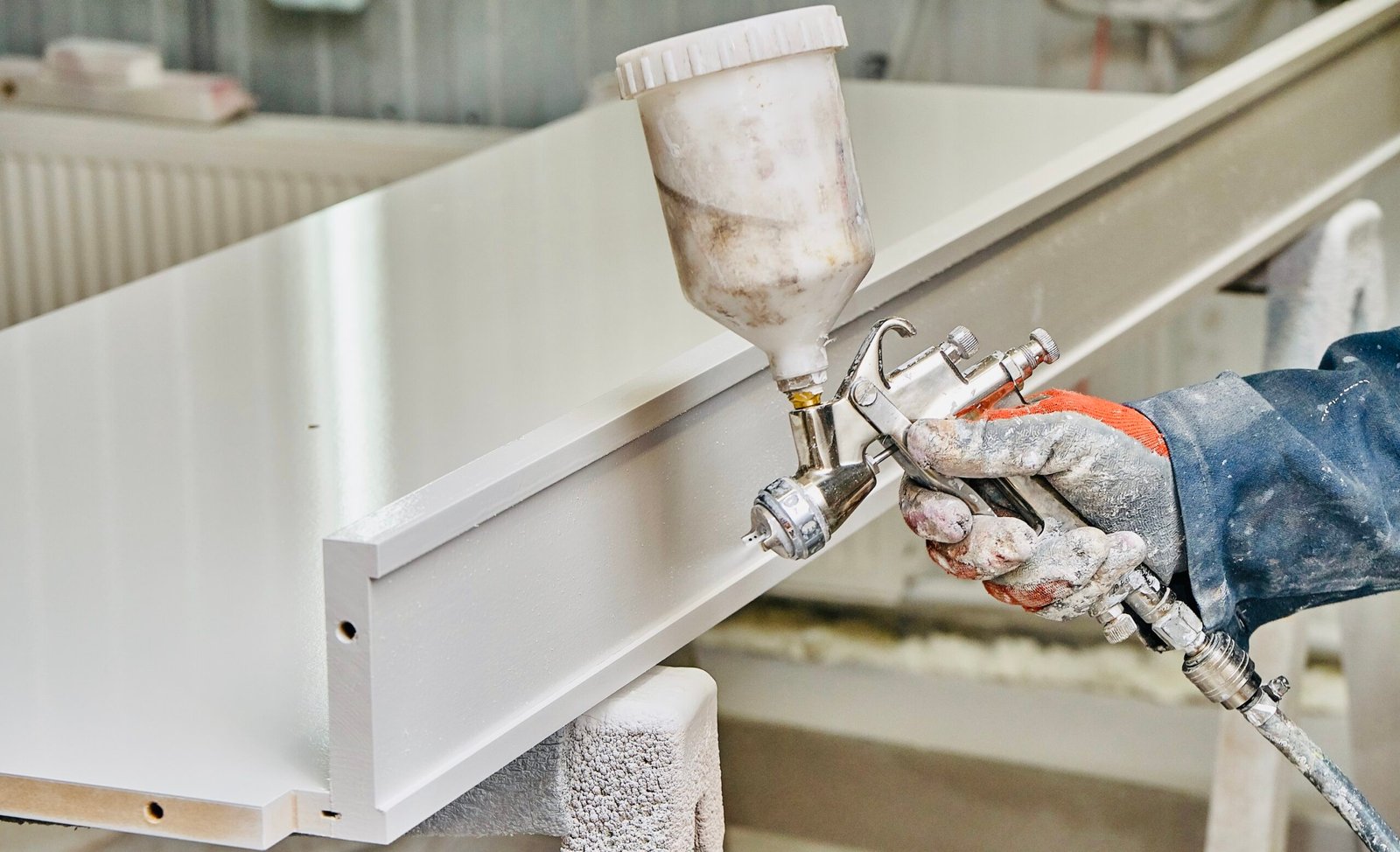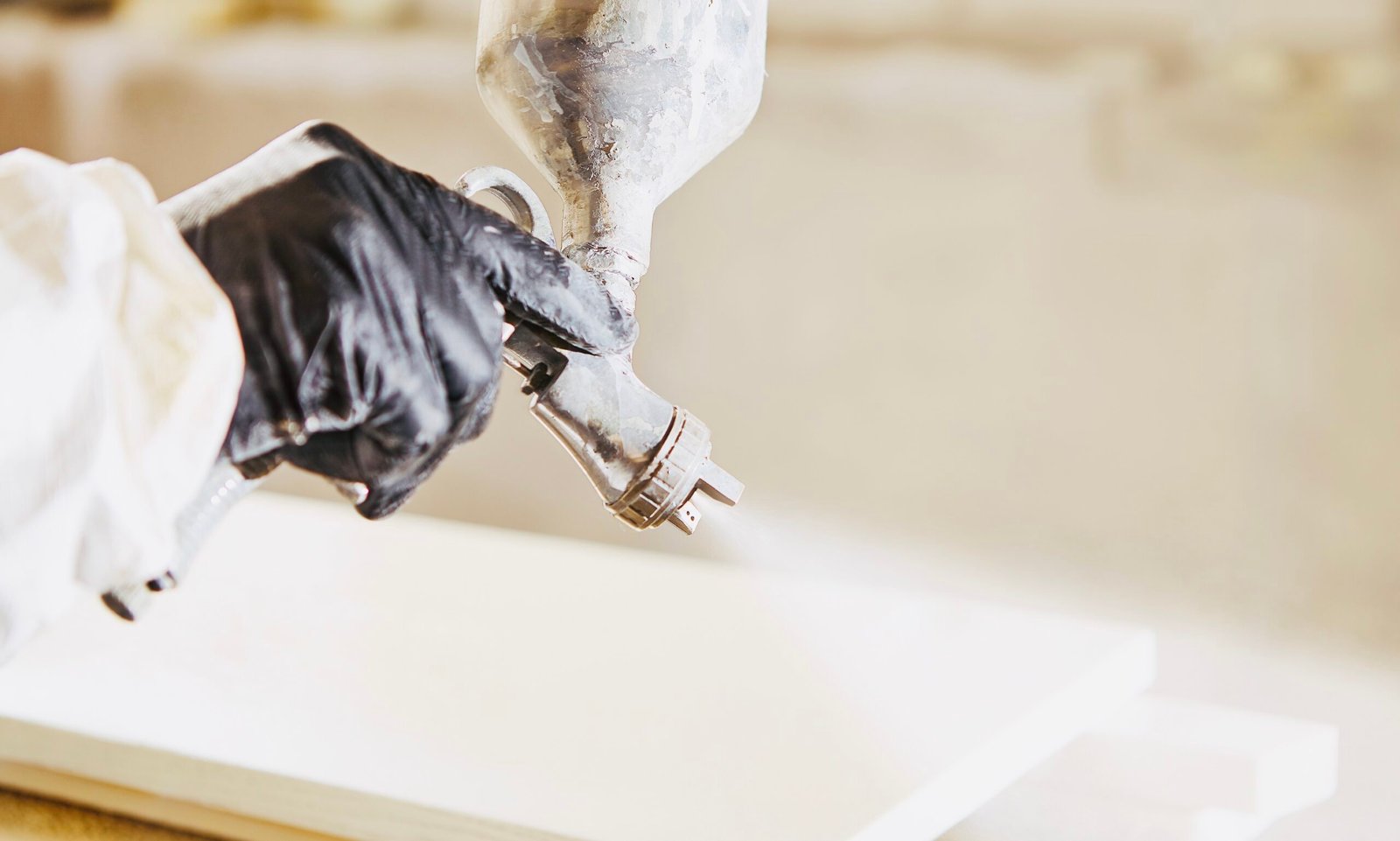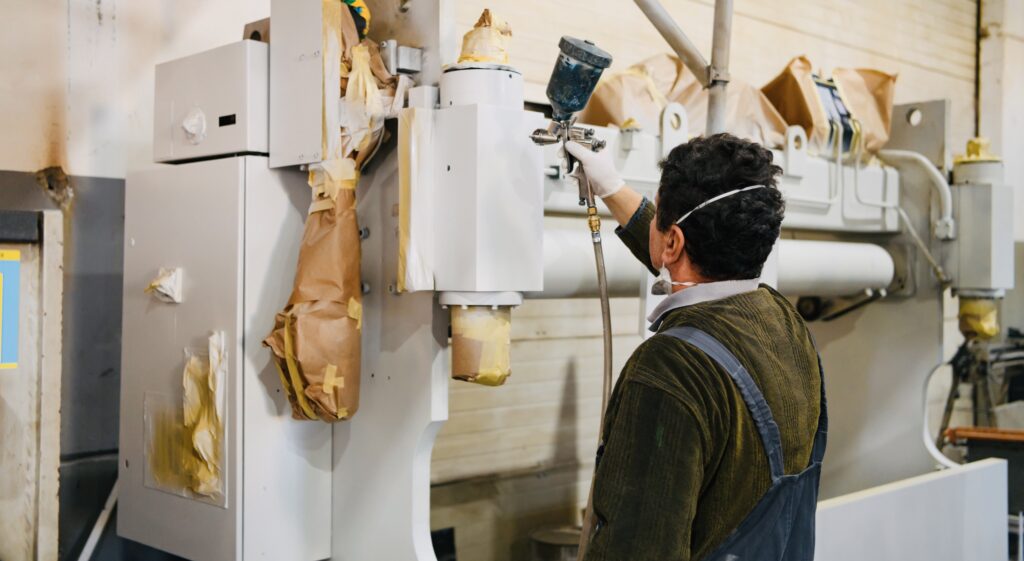The Art of Patience: How Long Does Spray Paint Take to Dry
For the DIY enthusiast or the seasoned artist, understanding the drying time of spray paint is essential for achieving impeccable results.

This extensive guide will explore the factors influencing How Long Spray Paint Takes To Dry, tips for optimal drying conditions, and innovative techniques to expedite or prolong the drying process.
Factors Influencing Spray Paint Drying Time
Paint Formulation: The composition of the spray paint, whether water-based or oil-based, significantly influences drying time. Water-based paints generally dry faster than oil-based due to their quicker evaporation rate.
Environmental Conditions: External factors like temperature, humidity, and airflow play a crucial role. Warm temperatures and low moisture facilitate faster drying, while cold and humid conditions can extend the drying time.
Application Thickness: The thickness of the applied paint layer impacts drying time. Thin, even coats dry faster than thick or heavy applications, which may require more time for the solvents to evaporate.
Understanding Different Spray Paint Formulations
Water-Based Spray Paint: Water-based spray paints, known for their eco-friendliness and quick drying, often reach touch-dry status within 30 minutes. However, complete curing may take several hours to a day.
Oil-Based Spray Paint: Oil-based spray paints, characterized by their durability and versatility, generally have a longer drying time. Touch-drying may occur within a few hours, but complete curing can take 24 hours or more.
Enamel Spray Paint: Enamel spray paints, appreciated for their glossy finish and durability, often require extended drying. While touch-dry may happen within a few hours, allowing ample curing time enhances the longevity of the finish.
How Long Spray Paint Takes To Dry: Optimal Drying Conditions
Temperature Control: Maintain an optimal temperature range for faster drying. Ideal conditions typically range between 50°F and 90°F (10°C to 32°C). Avoid extremes, as excessively high temperatures may cause the paint to dry too quickly, affecting the finish.
Low Humidity: Low humidity levels promote quicker drying. Humid conditions can slow down the evaporation of solvents, leading to extended drying times. Choose days with lower humidity for your spray painting projects.
Adequate Airflow: Ensure good airflow around the painted object. Proper ventilation facilitates the dispersion of solvents, contributing to a more efficient drying process. If indoors, use fans or open windows to promote air circulation.
Avoid Over Application: Apply thin, even coats to prevent over application. Excessive paint can lead to prolonged drying times, as the solvents need more time to evaporate. Patience during the application process pays off with quicker drying.
Tips for Accelerating or Prolonging Drying Time
Quick-Dry Formulas: Consider using spray paints with quick-dry formulas for projects that demand expedited drying. These formulations often contain additives that accelerate the evaporation of solvents, reducing overall drying time.
Heat Application: Gently apply heat to speed up drying. Using a heat gun or hairdryer on a low setting can expedite the evaporation of solvents. Keep the heat source moving to avoid overheating or uneven drying.
Curing Chambers: Create a controlled curing environment for projects requiring meticulous finishes. Constructing a curing chamber, whether improvised or professionally designed, allows you to regulate temperature and humidity for optimal drying conditions.
Patience for Complex Projects: Exercise patience for complex projects. Intricate designs, textured surfaces, or multiple layers may demand more drying time. Allow each layer to dry thoroughly before proceeding to ensure the integrity of the final result.
How Long Spray Paint Takes To Dry: Innovative TechniquesFreezer Flash Technique
Explore the freezer flash technique for accelerated drying. Placing small objects in the freezer for a short duration can cause the rapid contraction of solvents, expediting the drying process. This technique is effective for small items with uncomplicated designs.
Solvent Retarders
Integrate solvent retarders for projects requiring extended working times. These additives slow the drying process, allowing for intricate detailing or blending. Use solvent retarders judiciously to balance drying time and project complexity.
Layered Drying for Textured Effects
Experiment with layered drying for textured effects. Allow each layer to partially dry before applying the next, creating unique textures and patterns. This technique is particularly effective for abstract or artistic projects.
Humidity Chambers for Controlled Delays
Construct humidity chambers for controlled delays in drying time. This technique benefits specific artistic endeavors where deliberate drying delays contribute to the desired effect. Regulating humidity levels allows for nuanced control over the overall drying process.

Advanced Techniques for Customized Drying
Accelerated UV Curing: Explore accelerated UV curing methods for ultra-fast drying. UV lamps or sunlight exposure can initiate curing reactions, significantly reducing drying times. This technique is ideal for projects requiring immediate handling or multiple layers.
Controlled Heat Curing: Implement controlled heat curing for precision. This technique involves using specialized heat lamps or infrared devices to regulate drying. Artists and artisans can benefit from this method for meticulous finishes.
Spray Paint Accelerators: Spray paint accelerators work as a convenient solution. These products, when applied after each layer, expedite the drying process. Artists engaged in time-sensitive projects can incorporate accelerators for efficiency without compromising quality.
Infrared Drying for Large Surfaces: Infrared drying devices emit heat waves that penetrate and accelerate the drying process. This method ensures even drying across extensive surfaces, making it a valuable tool for expansive projects.
Humidity-Sensitive Coatings: Explore humidity-sensitive coatings that adapt to environmental conditions. Some innovative spray paints are formulated to adjust their drying time based on humidity levels. This adaptive feature ensures consistent results across diverse climates and seasons.
Post-Drying Sealants: Once the spray paint has dried, applying a clear sealant or varnish can offer additional protection and expedite curing. This step is particularly beneficial for projects exposed to the elements.
Fine-Tuning Drying Time for Precision
Variable Thickness: Encourage artists to experiment with variable layer thickness for precise control. Adjusting the thickness of each spray paint layer allows for nuanced drying times, offering flexibility in achieving desired textures or gradients.
Sequential Layering: By strategically layering project sections, artists can control drying times for intricate designs. This method ensures that each component receives attention without compromising overall project integrity.
FAQ Section
Q1: Can I speed up spray paint drying time in humid conditions?
A: Yes, you can use techniques like applying heat, ensuring proper ventilation, and using quick-dry formulas to expedite drying in humid conditions.
Q2: How long should I wait between coats for optimal results?
A: Carrying times between coats depend on paint formulation and thickness. Generally, wait 10-30 minutes between coats for touch-dry and a few hours for complete curing before reapplication.
Q3: Does the spray paint color affect drying time?
A: While the color may not significantly impact drying time, darker shades might absorb more heat and potentially dry slightly faster than lighter colors.
Q4: Can I use a hairdryer to speed up the drying process?
A: Yes, using a hairdryer on a low setting or a heat gun at a safe distance can accelerate drying. Keep the heat source moving to avoid overheating or uneven drying.
Q5: How can I prevent over-drying or a drying process that is too rapid?
A: Avoid exposing the paint to excessively high temperatures or strong winds to prevent over-drying. In case of too-rapid drying, ensure proper application techniques and choose suitable environmental conditions.
Q6: Can I spray paint in cold temperatures, and how does it affect drying?
A: While spraying paint in cold temperatures is possible, it can significantly extend drying time. Choosing warmer days or creating a more hospitable environment for faster and more consistent drying is advisable.
Q7: What should I do if my spray paint is not drying evenly?
A: Ensure even application by holding the can consistently and using steady strokes. If uneven drying persists, consider sanding the affected area lightly before applying additional coats.
Q8: How can I protect my project during drying?
A: Place your project in a controlled environment, shield it from dust and debris, and avoid touching or moving it until the paint is fully cured. Consider using drying racks or improvised stands to prevent smudging.
Q9: Can I apply a clear coat or varnish immediately after the base coat?
A: It’s recommended to wait until the base coat is touch-dry before applying a clear coat or varnish. Follow the manufacturer’s recommendations for specific waiting times between layers.
Q10: How can I achieve a matte finish with spray paint, and does it affect drying time?
A: Use matte or flat spray paint to achieve a matte finish. Drying time is generally similar but follows product guidelines. Avoid applying excessive layers for quicker drying and a consistent matte appearance.
Conclusion
Mastering the art of spray paint drying time involves understanding the interplay of formulation, environmental factors, and application techniques. By exploring various drying time manipulation methods and troubleshooting common issues, you’ll elevate your spray painting endeavors to new levels of precision and creativity.
Happy spraying!

